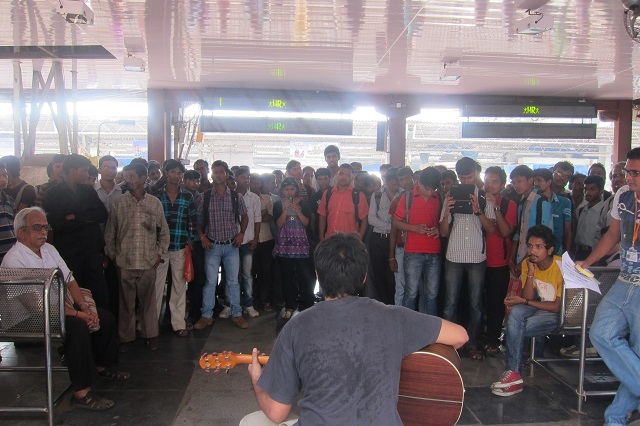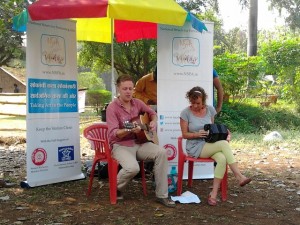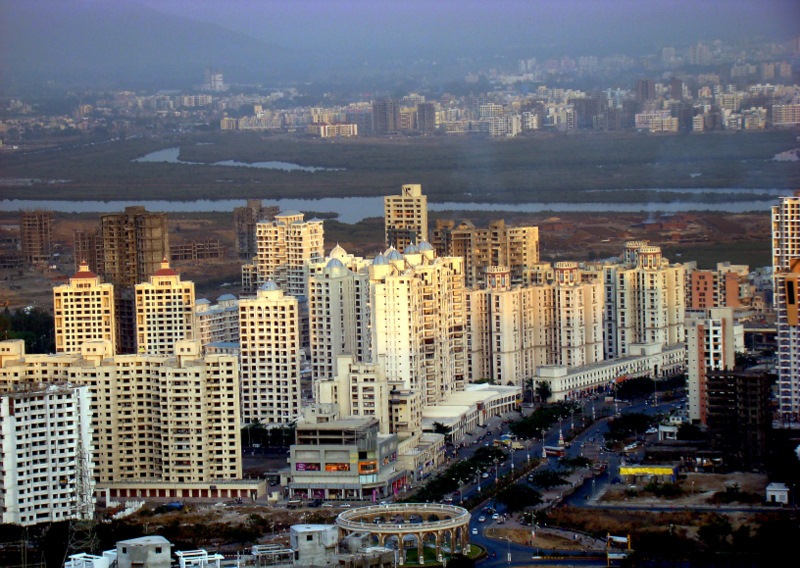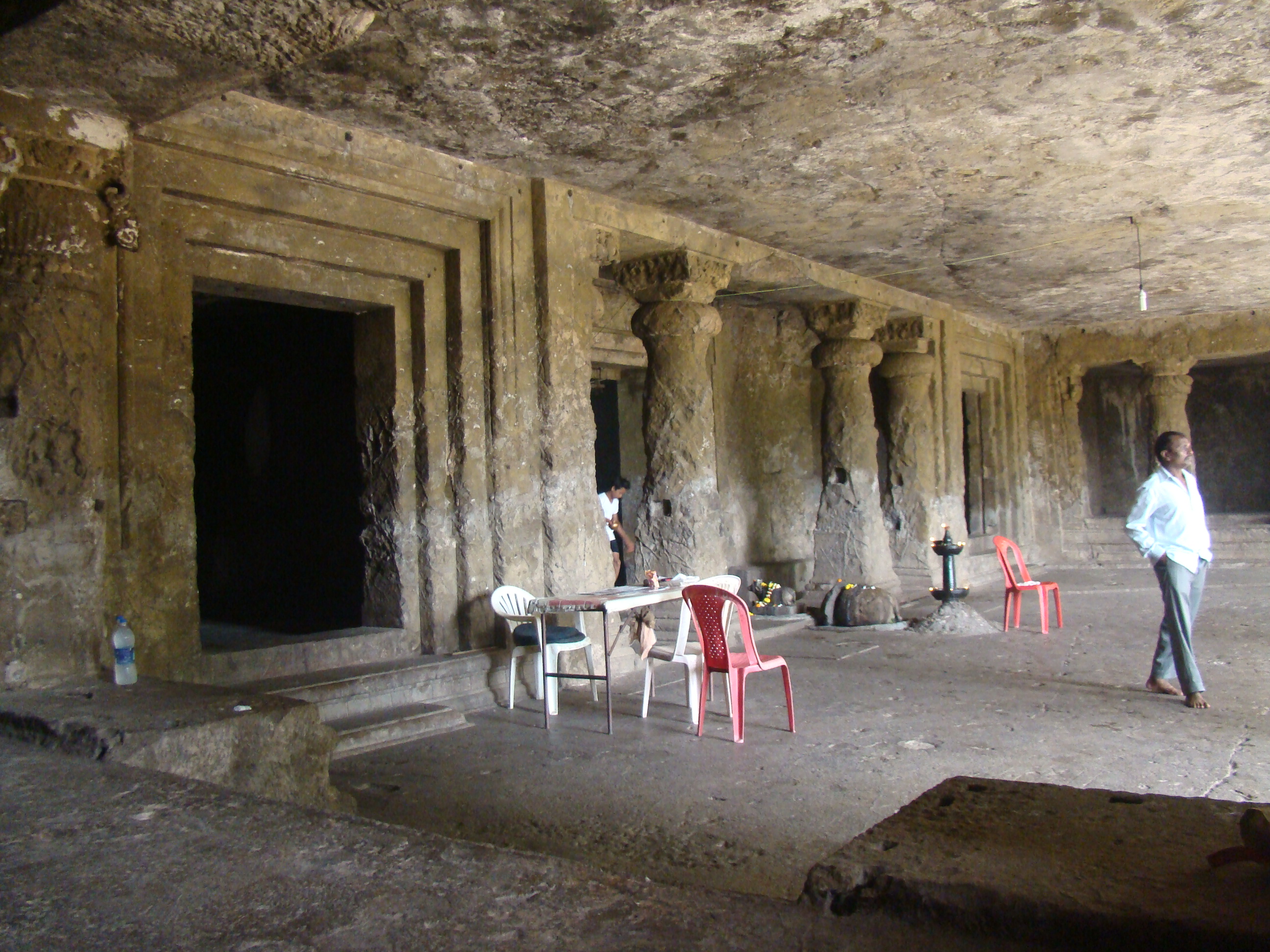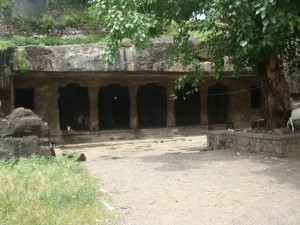The Metrognome and Silver Innings hosted their first storytelling event for senior citizens at Borivli and got a great response.
It was a simple enough task – write a story, then present it to an audience. There were just two conditions – a senior citizen must write the story, and he or she must team up with a youngster to present it to an audience.
 What was the need for this? Says Sailesh Mishra of Silver Innings, who we teamed with for ‘Koffee With Kahani’, a storytelling session over snacks and coffee, “When we were young, our grandparents told us stories to amuse and educate us. Sometimes, they made up stories on the spot. This activity helped generations bond with each other. These days, though, with families going nuclear and even with grandparents and youngsters glued to TV sets, the art of storytelling is lost. There is hardly any conversation between our elders and us. So this activity will, we hope, bring back our storytelling tradition in a fun way.”
What was the need for this? Says Sailesh Mishra of Silver Innings, who we teamed with for ‘Koffee With Kahani’, a storytelling session over snacks and coffee, “When we were young, our grandparents told us stories to amuse and educate us. Sometimes, they made up stories on the spot. This activity helped generations bond with each other. These days, though, with families going nuclear and even with grandparents and youngsters glued to TV sets, the art of storytelling is lost. There is hardly any conversation between our elders and us. So this activity will, we hope, bring back our storytelling tradition in a fun way.”
We set December 28 as the date for participants, and selected three great love stories written by Navanita Parmar, Jimmy Dordi and Arun Pandya. The teams set to work, working with youngsters Sanket Jalgaonkar, Renu Jain and Sadaf Surti to present their stories. Of the three, Navanita’s story was a fiction, with the other two stories were real life incidents.
The turnout for the event was great – a mix of senior citizens and youngsters turned up at the Veer Savarkar Udyan, Borivli, to hear and watch three love stories. All three stories were great – Navanita’s moving story was set in the backdrop of mental illness and separation, Jimmy’s story was a hilarious reenactment of his own honeymoon 45 years ago, and Arun’s story was a fun flashback to the time that he as a young man shared a few magical moments with a stranger in the monsoon. Hemendra  Bengali provided background vocals to set the stories to music – in Navanita’s story, the gifted singer even provided siren sounds!
Bengali provided background vocals to set the stories to music – in Navanita’s story, the gifted singer even provided siren sounds!
The audience voted for Jimmy’s story as the best of the three.
Said Arun, “This was a fun exercise and we enjoyed our rehearsals, too. All three teams would rehearse their lines together and suggest ways to better each other’s presentation. There was no spirit of rivalry at all.”
If you or someone you know would like to be a part of the next ‘Koffee With Kahani’ event, drop us an email at editor@themetrognome.in/silverinnings@gmail.com and we will get back to you with the event schedule, registration process and rules.
(Pictures courtesy Sailesh Mishra)

